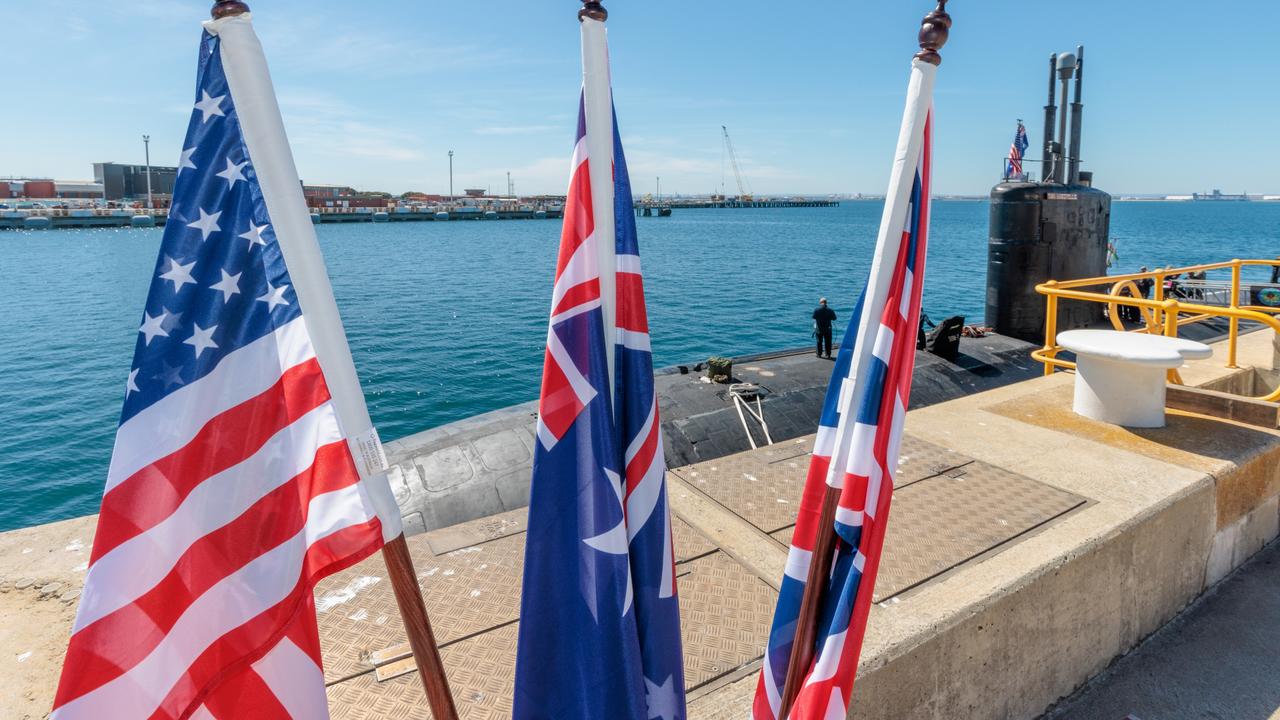US navy may arm new destroyer with conventional missile able to hit anywhere on Earth in an hour
The US navy is considering a new missile that can hit any target in just one hour. But the consequences could be catastrophic.

The US Navy’s newest destroyer may fire a yet to be fielded Conventional Prompt Strike conventionally-armed missile engineered to hit anywhere on earth within an hour, service program managers said.
The weapon, now being considered by navy weapons developers for the emerging USS Zumwalt, will bring new attack options to the stealthy destroyer being prepared for combat as soon as 2021, Capt. Kevin Smith, Zumwalt-class destroyer Program Manager said last week.
“This would be the perfect platform for Conventional Prompt Strike,” Captain Smith said, speaking at the Surface Naval Association Annual Symposium.
The Conventional Prompt Strike weapons program, which emerged in the era of former President George W. Bush, is designed to arm a ballistic missile with a conventional warhead, bringing the range and speed similar to a nuclear weapon to conventional strike.
The weapon has virtually unprecedented range for a conventional weapon and has the ability to hit anywhere in the world in a matter of minutes in some instances.

RAPID ATTACK
The concept of the weapon is to enable fast attack against enemy targets from safe standoff distances, potentially at the beginning of a conflict. This would enable rapid attack without having to wait for deployment options or placing vital war assets in closer range of enemy attack.
If conflict was to quickly break out, CPS will give command authority a “rapid hit” option to possibly deter further war or destroy crucial enemy targets with “tactical surprise”.
Firing this weapon from the new stealth destroyer brings several new strategic and tactical advantages.
Arming the ship with CPS aligns with the service’s strategic requirements for the ship which, as of 2017, migrated from an initial conception of a largely land-attack destroyer to the “premier strike platform in the surface fleet,” Vice Adm. Rich Brown, Commander, Naval Surfaces Forces, said at the SNA symposium.
As a “blue water” attack platform, the Zumwalt is now being prepared for major power warfare on the “open ocean” and therefore armed with long-range weapons, sensors and other lethal technologies.
Also, the integration of this long-range strike weapon onto a maritime platform such as the new Zumwalt capitalises on the ship’s stealth characteristics, allowing for surprise attacks with a lower chance of being detected by enemy sensors. The ship is built with external contours designed to be less detectable to enemy radar.

“It [the ship] is designed to be stealthy and carry the fight offensively to the adversary,” Smith said.
Arming the Zumwalt with this weapon, Captain Smith explained, is at the moment something being considered or “looked at” for future possibilities and not yet a program of record.
While the program has had various starts and stops in recent years, Congressional decision-makers and Pentagon weapons developers are now giving the weapon a new push toward operational status. A 2019 Congressional Research Service Report, cited increased budget requests for the program. In particular, the Pentagon’s 2019 budget request increased its desired amount for CPS from $201 million in 2018 to $278 million in 2019, the report says.
DANGEROUS REACTION
Part of the program’s ups and downs over the years relate to concerns that, if a conventional weapon travels with the speed, range and trajectory of a nuclear-armed missile, adversaries might be confused as to the precise nature of an attack — and mistake it for a nuclear attack.
“CPS could upset stability and possibly increase the risk of a nuclear response to a U.S. attack,” the Congressional report states.
Despite this stated concern, developers of the weapon say that it would be distinguishable and not function as a substitute for nuclear weapons but rather a way to “supplement U.S. conventional capabilities,” the CRS report explains.
This article originally appeared on Fox News and was reproduced with permission.



